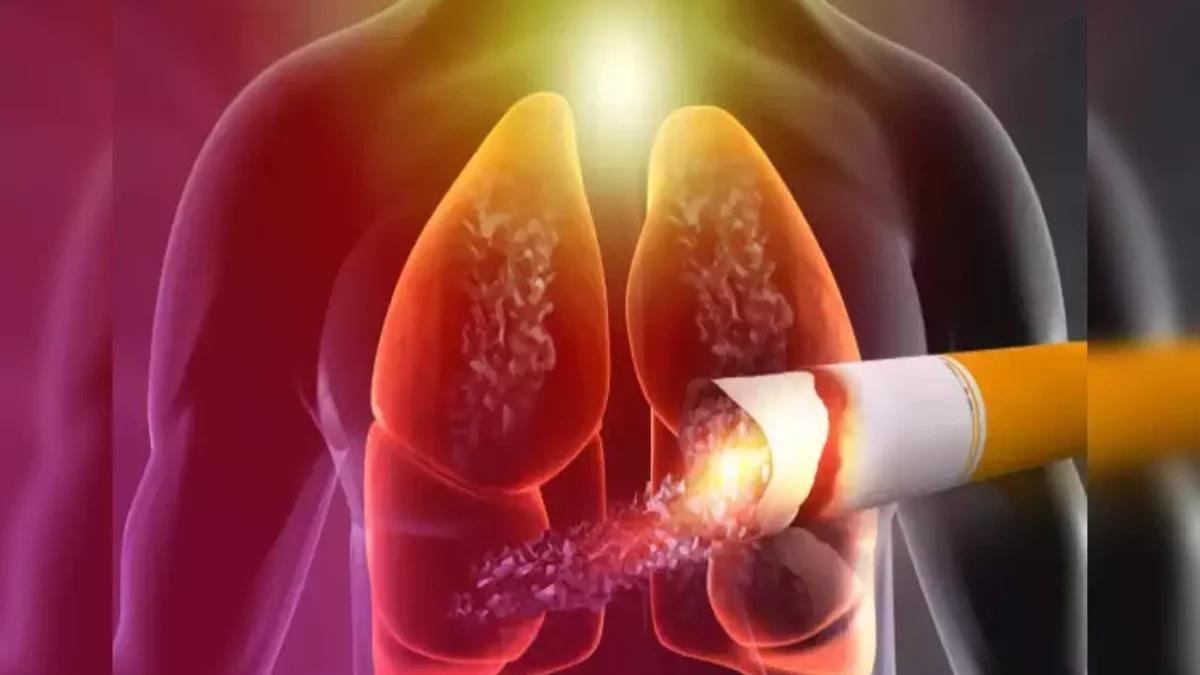The risk factors of tobacco smoking that are attributed to respiratory infections and diseases are widely publicised. But smoking remains the leading cause of preventable deaths globally, killing more than eight million people annually. This is in large part due to the addictive properties of tobacco smoke that cause dependence in users, making it difficult to quit.
A study published in the journal Public Health explains that nicotine, the psychoactive and addictive substance in tobacco, is responsible for the widespread reliance on smoking. According to the study, nicotine reaches the brain in as little as 7 seconds after the inhalation of smoke and triggers the release of dopamine — a primary driver of the brain’s reward system. Prolonged exposure to nicotine can compound with environmental cues to cause lasting damage to dopaminergic function. This results in the maintenance of smoking and feelings of withdrawal once being deprived of nicotine.
Table of Contents
Consequences of smoking
Smoking has been largely linked to a wide range of long-lasting health complications that can impact a person’s physical, mental, and economic well-being. Most gravely, the habit can cause premature death, cutting life expectancy shorter by at least 10 years.
The Conversation reports that inhalation of smoke can damage airways and the small air sacs found in the lungs, causing respiratory diseases like emphysema, chronic bronchitis, and asthma. Smoking also damages blood vessels and impacts blood circulation and oxygen flow. This results in vision and eye problems and can impair the body’s capacity to heal from wounds because of the decrease of oxygen in the blood. Damage to blood vessels is also linked to a heightened risk of cardiovascular diseases.
How to prevent smoking
Despite the multitude of negative effects that smoking yields, there are numerous avenues that a person can take in order to eventually quit smoking. In a statement linking smoking to a heightened risk of COVID-19, the World Health Organization urged smokers to quit tobacco through nicotine replacement therapies (NRT).
NRT and other nicotine alternatives can help smokers transition away from nicotine dependence while reducing the damage that smoke inhalation can cause in the body. Approved methods of NPR include nicotine patches, gums, and lozenges, which can offer a steady dose of nicotine without the use of tobacco. In particular, nicotine pouches are a widely available alternative for nicotine. Nicotine in these products is offered in a variety of dosages so that quitting smokers can transition gradually to lower doses of nicotine while minimising withdrawal. Prilla highlights how nicotine pouches are not only affordable but also come in a variety of nicotine strengths. Smokers tend to us higher nicotine levels such as 4mg and 8mg to help kick the habit. They can gradually move on to lower doses such as 2mg or 3mg as they become less dependent on nicotine.
Quitting can cause a wide variety of unalterable physical and mental health complications. But with sustained attention to its causes, effects, and prevention, smokers have more avenues to help them avoid or drop the habit altogether. Ultimately, avoiding smoking tobacco can lead to a better and healthier life.
If you’re looking for more ways to improve your lifestyle, you can check out more of our articles here on Real Simple Blog!


